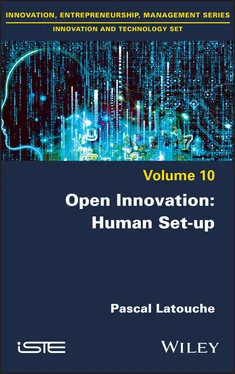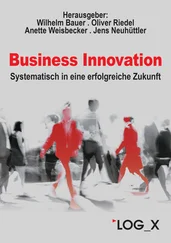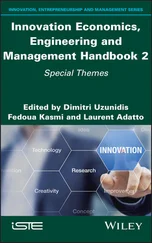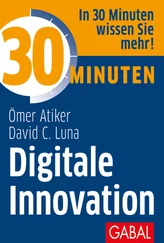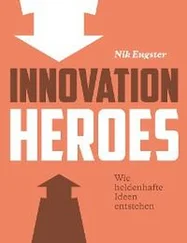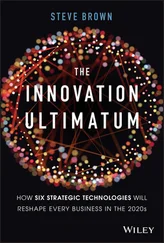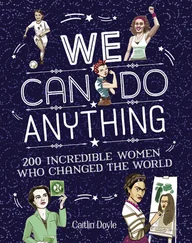118 109
119 110
120 111
121 112
122 113
123 114
124 115
125 116
126 117
127 118
128 119
129 120
130 121
131 122
132 123
133 124
134 125
135 126
136 127
137 128
138 129
139 130
140 131
141 133
142 135
143 137
144 138
145 139
146 140
147 141
148 142
149 143
150 144
151 145
152 146
153 147
154 148
155 149
156 150
157 151
158 152
159 153
160 154
161 155
162 156
163 157
164 158
165 159
166 161
167 162
168 163
169 164
170 165
171 166
172 167
173 168
174 169
175 170
176 171
177 172
178 173
179 174
180 175
181 176
182 177
183 178
184 179
185 180
186 181
187 182
188 183
189 184
190 185
191 186
192 187
193 188
194 189
195 190
196 191
197 192
198 193
199 194
200 195
201 196
202 197
203 198
204 199
205 200
206 201
207 202
208 203
209 205
210 206
211 207
212 208
213 209
214 211
215 212
216 213
217 214
218 215
219 216
220 217
221 218
222 219
223 220
224 221
225 222
226 223
227 225
228 226
229 227
230 229
231 230
232 231
233 232
234 233
235 234
236 235
237 236
238 237
239 238
240 239
241 240
242 241
243 241
Innovation and Technology Set
coordinated by
Chantal Ammi
Volume 10
Open Innovation: Human Set-up
Pascal Latouche

First published 2020 in Great Britain and the United States by ISTE Ltd and John Wiley & Sons, Inc.
Apart from any fair dealing for the purposes of research or private study, or criticism or review, as permitted under the Copyright, Designs and Patents Act 1988, this publication may only be reproduced, stored or transmitted, in any form or by any means, with the prior permission in writing of the publishers, or in the case of reprographic reproduction in accordance with the terms and licenses issued by the CLA. Enquiries concerning reproduction outside these terms should be sent to the publishers at the undermentioned address:
ISTE Ltd
27-37 St George’s Road
London SW19 4EU
UK
www.iste.co.uk
John Wiley & Sons, Inc.
111 River Street
Hoboken, NJ 07030
USA
www.wiley.com
© ISTE Ltd 2020
The rights of Pascal Latouche to be identified as the author of this work have been asserted by him in accordance with the Copyright, Designs and Patents Act 1988.
Library of Congress Control Number: 2020936632
British Library Cataloguing-in-Publication Data
A CIP record for this book is available from the British Library
ISBN 978-1-78630-575-6
First of all, I wish to thank my children, because they help me to advance every day. Most certainly, my thanks go to Mrs. Chantal Ammi, because she has always been there to support the apprentice author that I am. Finally, for all the entrepreneurs who took the time to answer my questions and beyond the entrepreneurial ecosystem in which I progress.
Without becoming self-centered, this book, in retrospect, is probably also a way for me to thank myself for wanting to weather the storm….
There was a time when, for the most part, start-ups offered “pure and hard” technological innovations. While this time has not yet come to an end, we have observed during the last two years, the appearance of other innovations (processes, HR, communication, marketing, legal, etc.).
All these innovations do not escape the appetite of major groups, which intend to maintain their positions. Developing relationships with start-ups has now become strategic for many of them. In the framework of such relationships, the impacts inherent to the innovations proposed by start-ups cover a much wider field than the mere question of integration into Information Systems. Indeed, these innovations are transforming large groups from within. We can now speak of integration in the plural form because there are multiple dimensions to consider.
Through observations, anecdotes, testimonies, it is a question of presenting the three major protagonists of the scene that is going to be played out before us. It is the corporate open innovation system that welcomes start-ups, and the two players from different worlds, the start-up CEO and the employee of a business unit (or business line) of a large company. We’ll see what obstacles stand in their way time and time again.
However, these obstacles can still be overcome by the action of the members involved in the corporate open innovation system team, who are true architects of interactions. Their skills, their involvement and their ability to dispose of useful resources can enable them, by manipulating the large group’s internal ecosystem as well as the start-up’s external ecosystem, to address the objective: to marry (contractually) protagonists from two different worlds (the world of start-ups and the world of large established companies/institutions).
Replacing the human being at the heart of the process, a process of bringing together start-ups and large groups is the challenge that needs to be faced. For this, it is a question for each person to become aware of his or her own environment, as well as that of others.
Enjoy!
Pascal LATOUCHE
May 2020
What were you doing in November 2013? For my part, it was in November 2013 that I discovered a vocation of which I had not been fully aware until then.
A combination of circumstances put me in the shoes of someone who had to implement something that was unknown to many in my company: a corporate start-up accelerator. You will understand that I do not wish to go into more detail than that on the basis of circumstances, assuming that I owe myself a certain level of reserve as to what happens within the company of which I am still an employee. I pay tribute to this company, by the way. In any case, the story began like this and, as it turns out, would take me on many journeys….
Let’s get back to the point at hand. So here I am, called to launch quite quickly (in three months), a corporate start-up accelerator. Do you know what this is? Without extending myself at this stage, I will just tell you that this is a type of open-innovation mechanism tasked with making internal teams within a company interact with external ones, for example, start-ups. I had previously worked a lot on marketing, sales, innovation from R&D (internal innovation) and with the world of developers (those who code). In hindsight, I guarantee you that this did not predestine me to hold a position as head of a corporate start-up accelerator and did not presuppose my ability to do it well. Indeed, I had never created a start-up and this ecosystem was quite unknown to me in fact.
I.1. No obvious predisposition
In marketing, I had never really designed products in digital format! However, I knew from all my previous experiences within the current company (Telecom) and from all my experiences before this company (Agro-Food), how to put a given product or service on the market (positioning, competition, price, preferred channels, etc.). As a marketing expert, I recognized that I was, because I had been to the right professional (business) schools.
Читать дальше
